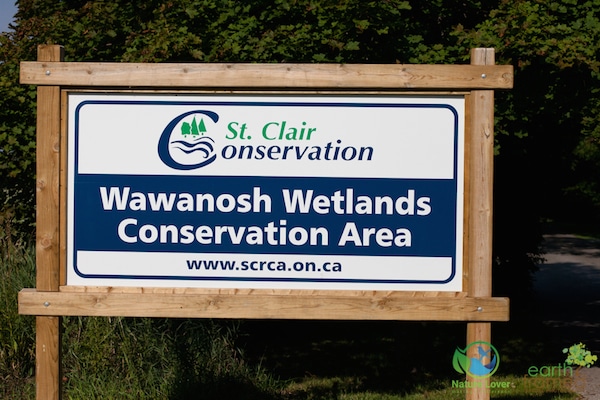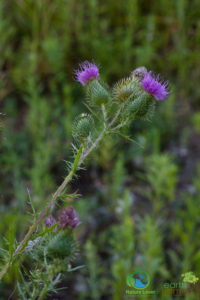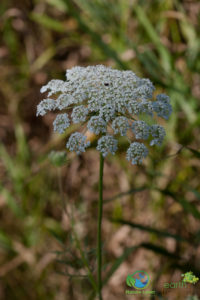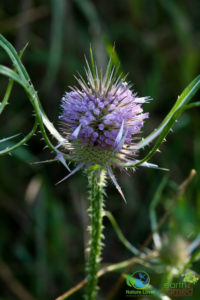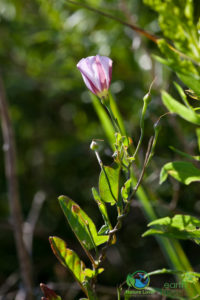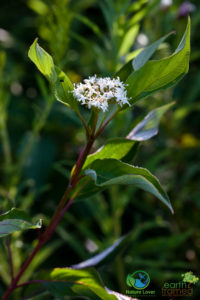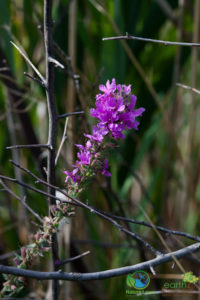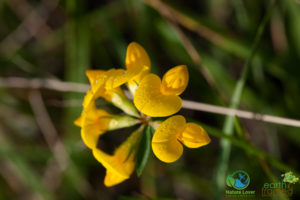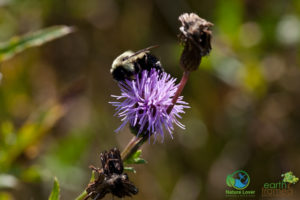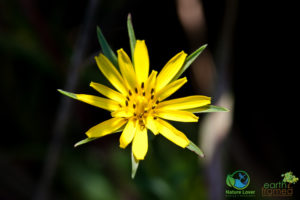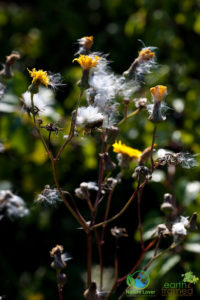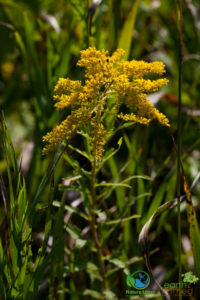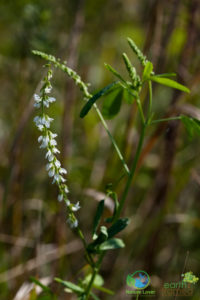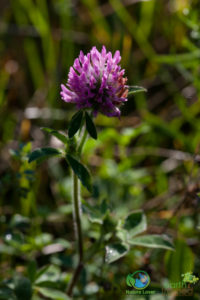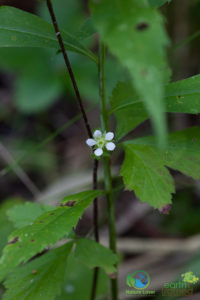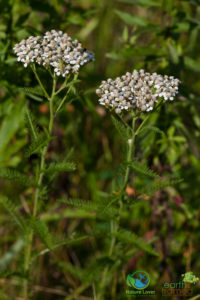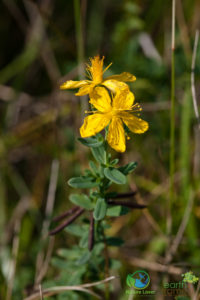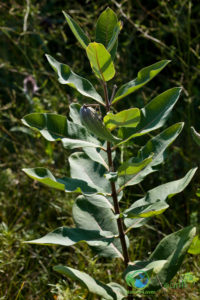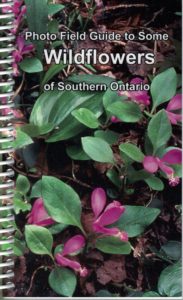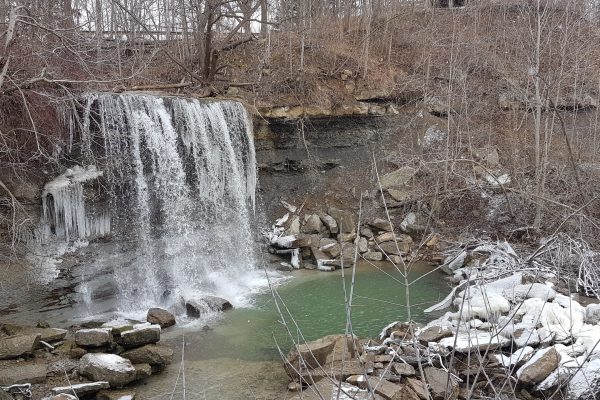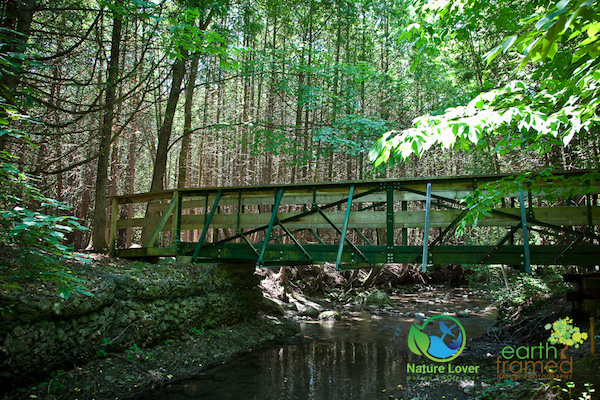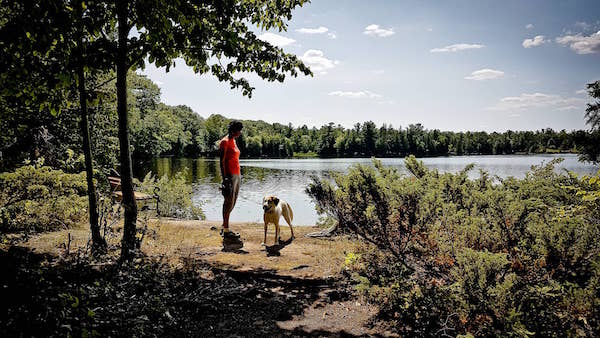Walking through Wawonosh Wetlands in late August you will find a lot of wildflowers, especially around the southern pond. You will notice that a large majority of them are, unfortunately, non-native species. These alien plants thrive in disturbed areas, like this one. Not all of them are considered to be invasive, and you will find pollinators on them throughout the season. You can invest in a reference book to help you identify each wildflower you discover and if you buy certain local or Ontario books they will also let you know which are native species.
* click on an image to enter the slideshow
- Bull Thistle (non-native)
- Wild Carrot or Queen Anne’s Lace (non-native)
- Wild Teasel (non-native)
- Common Morning Glory vine (non-native)
- Red Osier Dogwood (native)
- Purple Loosestrife (non-native)
- Bird’s-foot Trefoil (non-native)
- Bumble bee on a knapweed.
- Goat’s-beard (non-native)
- Field Sow-thistle (non-native)
- Goldenrod (native)
- White Sweet Clover (non-native)
- Red Clover (non-native)
- White Avens (native)
- Common Yarrow (non-native)
- Common St. John’s-wort (non-native)
- Common Milkweed (native)
There are several reference books that you can use, currently I use the following books to identify species.
There are also many excellent sites online that can help you identify wildflowers, ferns and trees.


